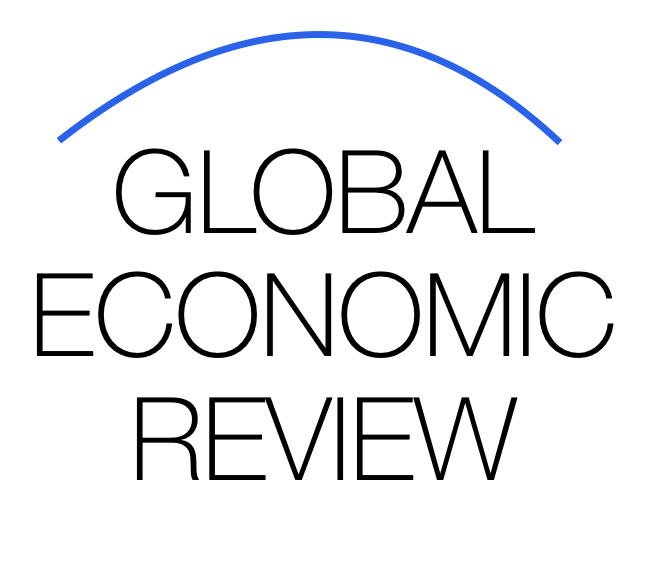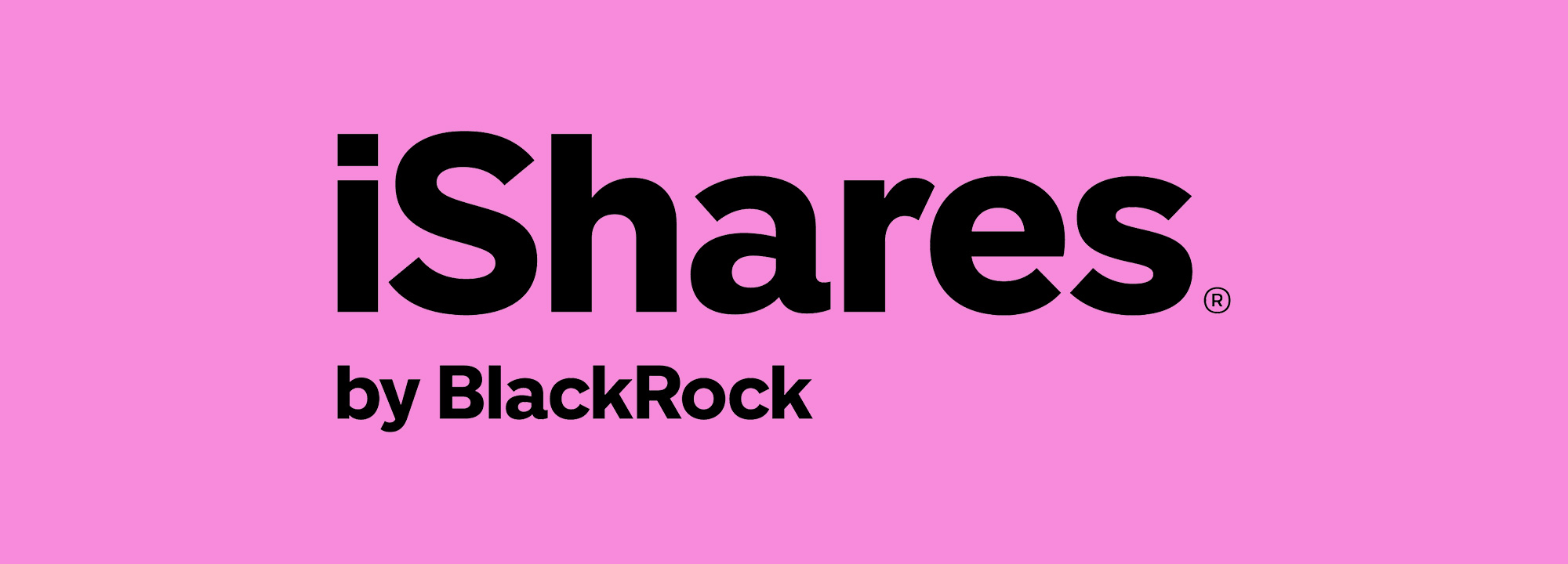The Global Fertility Trade: Profits, Power, and Ethical Dilemmas in Reproductive Markets

The global fertility industry has grown into a multibillion-dollar market, fueled by advances in assisted reproductive technologies (ART), shifting demographics, and rising demand for surrogacy, egg donation, and sperm banking. Yet beneath the promise of hope and parenthood lies a complex web of extraction, exploitation, and opportunity — raising ethical questions about commodification, inequality, and global justice.
From IVF clinics in the United States to surrogacy hubs in Eastern Europe and South Asia, the fertility trade operates at the intersection of science, finance, and human aspiration. While it offers life-changing possibilities for families, critics warn that the industry often exploits vulnerable individuals while generating enormous profits for intermediaries and investors.
A Market Driven by Global Demand
Demand for fertility services has surged worldwide due to a combination of factors:
- Delayed parenthood: Couples are waiting longer to have children, increasing reliance on fertility treatments.
- Infertility rates: Rising infertility, often linked to lifestyle, environmental, or medical factors, has expanded the client base.
- Cross-border surrogacy: Wealthier individuals and couples in high-income countries increasingly seek surrogates or egg donors abroad, drawn by lower costs or fewer legal restrictions.
- Technological advances: IVF, genetic screening, and gamete preservation have made reproductive assistance more effective and accessible, but also more commercialized.
The global fertility market is now estimated at over $40 billion annually, with growth projected to continue as reproductive technologies and cross-border services expand. Investors, from private equity firms to venture capitalists, have entered the sector, seeing opportunities in clinics, biotech startups, and surrogacy agencies.
Extraction and Exploitation: The Human Cost
Critics argue that this expansion has come at a human cost. Women and men providing eggs, sperm, or surrogacy services in lower-income regions are often financially compensated far below the value they generate for clinics and clients.
- In countries such as India, Ukraine, and certain Latin American nations, surrogates may earn a fraction of what intended parents pay, while assuming significant health risks.
- Egg donors in the U.S. or Eastern Europe are sometimes paid thousands of dollars, but these payments pale compared to the billions generated in IVF cycles and fertility tourism.
- Labor conditions, privacy concerns, and informed consent vary widely, with few universal protections in place.
This asymmetry has led to allegations of reproductive exploitation, with critics likening it to a form of commodified labor. Ethical questions also arise when economic necessity drives individuals to participate in reproductive services they might otherwise avoid.
Legal and Regulatory Gray Areas
The global fertility trade is shaped by inconsistent laws and regulations, creating loopholes that both enable innovation and risk abuse.
- Some countries have banned commercial surrogacy, allowing only altruistic arrangements, while others permit full-service, for-profit surrogacy programs.
- Egg and sperm donation regulations differ widely, including age limits, compensation caps, and screening requirements.
- International contracts can be legally ambiguous, leaving surrogates vulnerable if disputes arise over parental rights, compensation, or medical care.
This patchwork legal environment incentivizes cross-border fertility tourism, where intended parents seek services in jurisdictions with more permissive rules or lower costs, often at the expense of labor protections.
Opportunity and Empowerment
Despite its ethical challenges, the fertility trade also presents opportunities for some participants:
- Financial empowerment: For surrogates and donors, compensation can provide income that significantly improves quality of life.
- Access to healthcare: Clinics often provide medical screenings, monitoring, and post-procedure care that might otherwise be inaccessible.
- Parental fulfillment: Fertility services enable couples and individuals, including LGBTQ+ families, to build families where it would otherwise be impossible.
Many providers and intermediaries argue that ethical frameworks, informed consent, and fair compensation can reconcile profit with justice, allowing reproductive markets to benefit both providers and clients.
The Role of Technology and Big Data
Modern fertility services increasingly rely on digital platforms, data analytics, and biotech innovations:
- Clinics use algorithms to match donors, surrogates, and intended parents efficiently.
- Genetic screening and embryo selection technologies promise higher success rates, though they raise ethical questions about eugenics and equity.
- Blockchain and secure databases are being explored to protect medical records, consent agreements, and compensation transparency.
These technological advances have transformed fertility into a high-tech, highly scalable industry — but also one where privacy, consent, and ethical oversight remain critical concerns.
Global Inequality and Reproductive Justice
Underlying the fertility trade is a stark global inequality. Wealthy clients often access elite clinics and cutting-edge services, while providers in developing regions face limited rights and protections.
Human rights advocates argue that reproductive justice requires not just access to fertility services, but fairness, safety, and empowerment for all participants. Without systemic reforms, critics warn, the industry risks perpetuating exploitation under the guise of opportunity.
Looking Ahead: Balancing Ethics and Innovation
The future of the global fertility trade will likely involve tighter regulation, ethical oversight, and increased transparency:
- International organizations may standardize consent procedures and compensation norms.
- Clinics could adopt independent advocacy programs for surrogates and donors.
- Investment in equitable technologies could expand access while protecting vulnerable populations.
For now, the industry remains a complex landscape of hope, profit, and risk — a global market where billions in opportunity are entwined with pressing ethical questions.
Conclusion: A Market at a Crossroads
The global fertility trade is at a crossroads, balancing extraction, exploitation, and opportunity. While billions of dollars and millions of dreams circulate through IVF clinics, surrogacy agencies, and gamete banks, the human costs are substantial and unevenly distributed.
The challenge for policymakers, investors, and participants is clear: how to build a reproductive industry that empowers both clients and providers, ensuring that the pursuit of parenthood does not come at the expense of those who make it possible.
As reproductive technologies continue to evolve, the world will have to reconcile profit, science, and justice — deciding whether the fertility trade becomes a model of ethical innovation or a cautionary tale of exploitation in the 21st century.

















